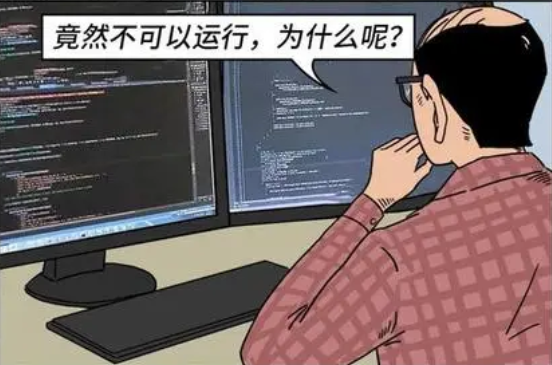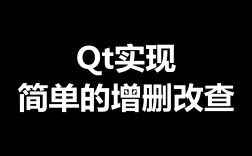以下是一个简单的文本编辑器示例,演示了如何使用QUndoStack实现撤销和重做功能:
#include <QtWidgets>
class TextEditor : public QMainWindow
{
Q_OBJECT
public:
TextEditor(QWidget *parent = nullptr)
: QMainWindow(parent)
{
textEdit = new QTextEdit;
undoStack = new QUndoStack(this);
QAction *undoAction = undoStack->createUndoAction(this);
undoAction->setShortcut(QKeySequence::Undo);
QAction *redoAction = undoStack->createRedoAction(this);
redoAction->setShortcut(QKeySequence::Redo);
QToolBar *toolbar = addToolBar(tr("Edit"));
toolbar->addAction(undoAction);
toolbar->addAction(redoAction);
setCentralWidget(textEdit);
}
private:
QTextEdit *textEdit;
QUndoStack *undoStack;
};
在这个示例中,我们创建了一个继承自QMainWindow的TextEditor类,并在构造函数中初始化了一个QTextEdit控件和一个QUndoStack对象。随后,我们调用QUndoStack的createUndoAction()和createRedoAction()方法来创建撤销和重做操作的动作,并将它们添加到工具栏中。最后,我们将QTextEdit控件设置为主窗口的中心部件。
当用户编辑文本时,我们可以通过将用户操作封装成一个QTextEdit::ExtraSelection对象,并将其加入到QUndoStack中来实现撤销和重做功能。例如,在TextEditor类中增加以下代码段:
void TextEditor::keyPressEvent(QKeyEvent *event)
{
if (event->matches(QKeySequence::Undo)) {
undoStack->undo();
event->accept();
return;
} else if (event->matches(QKeySequence::Redo)) {
undoStack->redo();
event->accept();
return;
}
QTextCursor cursor = textEdit->textCursor();
QString text = cursor.selectedText();
QUndoCommand *cmd = new TextEditCommand(textEdit, cursor, text);
undoStack->push(cmd);
QMainWindow::keyPressEvent(event);
}
在这个示例中,我们重写了TextEditor类的keyPressEvent()方法,并在其中将用户的操作封装成一个TextEditCommand对象,并将其加入到QUndoStack中。TextEditCommand类的定义如下:
class TextEditCommand : public QUndoCommand
{
public:
TextEditCommand(QTextEdit *editor, QTextCursor cursor, QString text)
: m_editor(editor), m_cursor(cursor), m_text(text)
{
setText("Edit Text");
}
void undo() override
{
m_editor->setTextCursor(m_cursor);
m_editor->insertPlainText(m_oldText);
Q_EMIT m_editor->textChanged();
}
void redo() override
{
m_editor->setTextCursor(m_cursor);
m_editor->insertPlainText(m_text);
Q_EMIT m_editor->textChanged();
}
private:
QTextEdit *m_editor;
QTextCursor m_cursor;
QString m_text;
QString m_oldText = m_cursor.selectedText();
};
TextEditCommand类继承自QUndoCommand类,并实现了undo()和redo()方法,分别用于执行撤销和重做操作。在TextEditor类中,我们使用了TextEditCommand类来封装用户的操作,并将其加入到QUndoStack中。当用户执行撤销或重做操作时,QUndoStack会自动调用TextEditCommand类的undo()和redo()方法,从而实现撤销和重做功能。
总之,这个简单的示例演示了如何使用QUndoStack来实现撤销和重做功能。在实际的应用程序中,我们可以根据具体需求进行进一步扩展和优化。





![static int CanDumpMsgLoop(const int fd)
{
int ret;
int fdEpoll;
struct epoll_event eventsPending[1];
struct epoll_event eventSetup = {
.events = EPOLLIN,
};
int numEvent = -1;
fdEpoll = epoll_create(1);
if ...](https://linuxcpp.0voice.com/zb_users/upload/2023/05/202305162231282792694.png)













